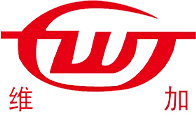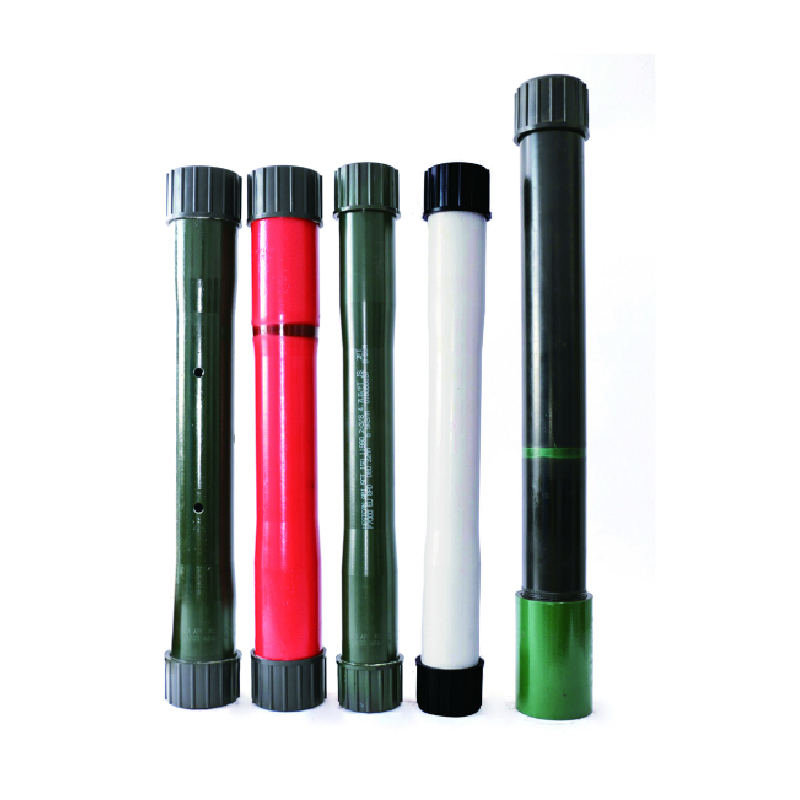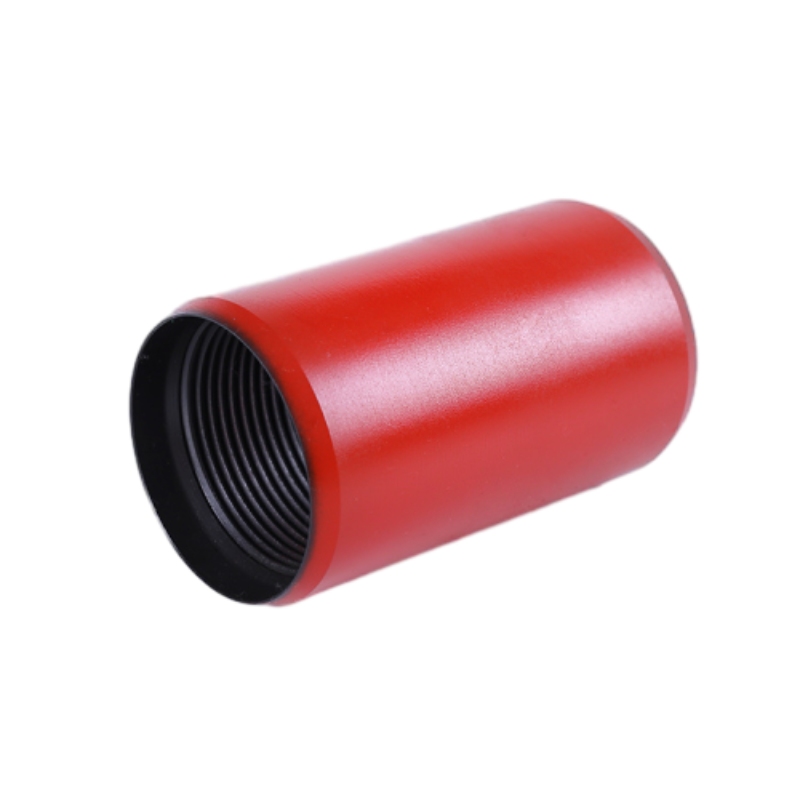Tubing Pup Joints-Oil & Gas Efficiency|Hengshui Weijia
Tubing Pup Joints are indispensable in the oil and gas industry, acting as critical connectors that ensure seamless fluid flow from reservoirs to the surface. These components, manufactured by Hengshui Weijia Petroleum Equipment Manufacturing Co., Ltd., are engineered to meet rigorous industry standards, including API 5CT specifications, which guarantee quality and reliability. This article explores the features, advantages, technical specifications, and applications of Tubing Pup Joints, highlighting their role in optimizing well performance and operational efficiency.
Understanding Tubing Pup Joints
Tubing Pup Joints are short sections of tubing used to connect larger segments of the wellbore. They serve as vital intermediaries between the main tubing string and other completion equipment, ensuring a secure seal to prevent leaks or production loss. These joints are designed to withstand high pressures and provide flexibility, making them ideal for dynamic well environments. Perforated pup joints are particularly valuable, as their small holes allow for fluid filtration, reducing the risk of blockages caused by sand or solid particles.

Image 1: Tubing Pup Joints are designed for durability and precision in oil and gas applications.
Key Features and Advantages
Tubing Pup Joints are engineered with advanced materials and manufacturing techniques to deliver exceptional performance. Key features include:
- Pressure Resistance: Constructed from high-strength alloys, these joints withstand extreme downhole pressures.
- Flexibility: Their design allows for easy adjustment of tubing string length, accommodating varying well configurations.
- Sealing Efficiency: Advanced threading and sealing mechanisms prevent fluid leakage, ensuring operational safety.
- Customization: Available in multiple sizes and configurations, they adapt to diverse operational needs.
The advantages of Tubing Pup Joints extend beyond their physical attributes. They enhance well productivity by minimizing downtime during installation and maintenance. Hengshui Weijia’s expertise in manufacturing ensures that these joints are not only durable but also cost-effective, reducing long-term operational expenses.
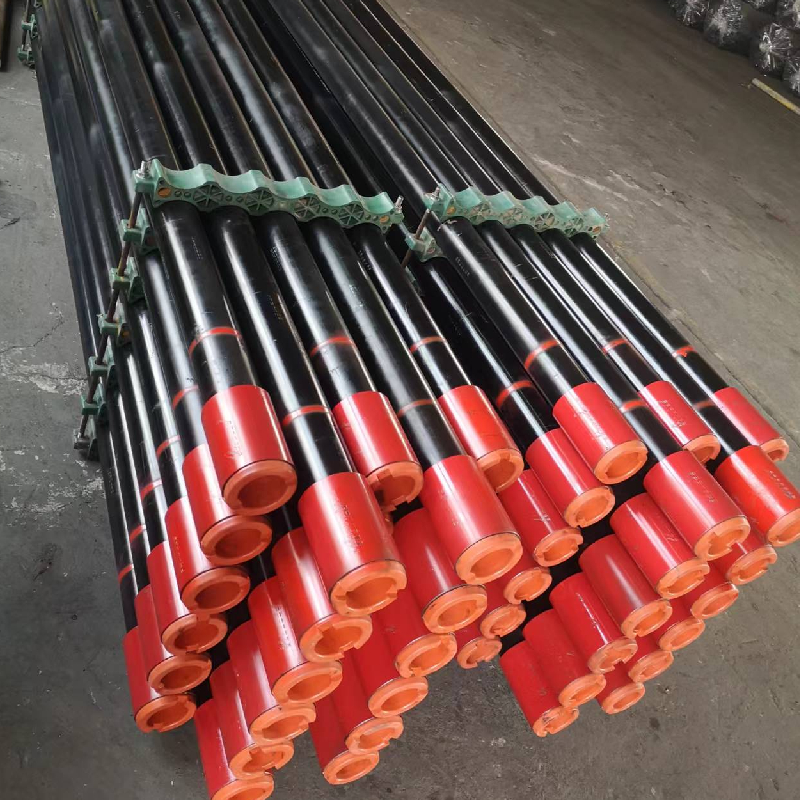
Image 2: Pup Joint Manufacturers like Hengshui Weijia prioritize precision and quality in production.
Technical Specifications
Below is a detailed table outlining the technical specifications of Tubing Pup Joints from Hengshui Weijia:
| Parameter | Specification |
|---|---|
| Material | High-strength carbon steel or stainless steel (per API 5CT) |
| Dimensions | Varies by application; typically 1.5 to 5 inches in diameter |
| Pressure Rating | Up to 10,000 psi (depending on size and material) |
| Standards Compliance | API 5CT, ISO 9001, and other industry-specific certifications |
| Surface Treatment | Corrosion-resistant coatings for harsh environments |
Applications in the Oil and Gas Industry
Tubing Pup Joints are widely used in various oil and gas operations, including:
- Well Completion: Connecting tubing sections to create a continuous flow path.
- Production Optimization: Isolating specific wellbore sections for targeted fluid extraction.
- Fluid Filtration: Perforated joints filter sand and particulates, preventing equipment damage.
- Maintenance and Repair: Easy installation and removal reduce downtime during servicing.
These joints are particularly critical in API 5CT-compliant systems, where adherence to standardized specifications ensures interoperability and safety. Hengshui Weijia’s products are trusted by operators worldwide for their reliability in both onshore and offshore environments.
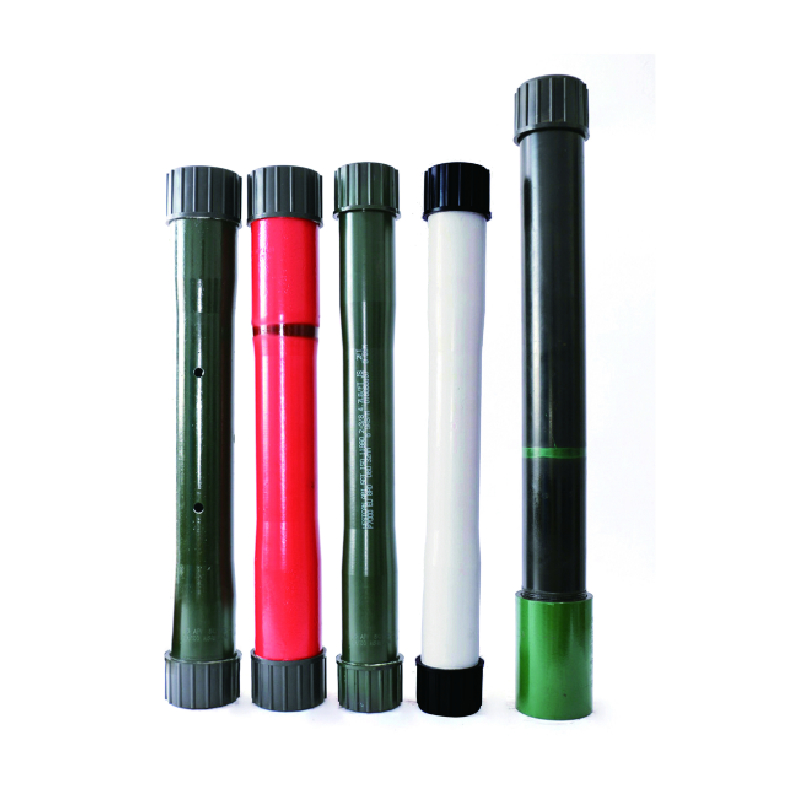
Image 3: Pup Joint Oil and Gas applications demonstrate their versatility in diverse environments.
Company Background: Hengshui Weijia Petroleum Equipment Manufacturing Co., Ltd.
Hengshui Weijia Petroleum Equipment Manufacturing Co., Ltd. is a leading manufacturer of oil and gas equipment, specializing in high-quality Tubing Pup Joints and related components. With decades of experience, the company adheres to international standards such as API 5CT and ISO 9001, ensuring that every product meets the highest quality benchmarks. Their commitment to innovation and customer satisfaction has earned them a reputation as a reliable partner in the energy sector.
Conclusion
Tubing Pup Joints are vital to the efficiency and safety of oil and gas operations. Their ability to connect tubing sections, withstand extreme conditions, and adapt to various applications makes them indispensable in modern well systems. Hengshui Weijia’s expertise in manufacturing these components ensures that operators can achieve optimal performance and reliability. Whether for production optimization, fluid filtration, or maintenance, Tubing Pup Joints from Hengshui Weijia are a trusted solution for the global energy industry.
References
NIST (National Institute of Standards and Technology) provides authoritative guidelines for industrial standards, including those relevant to oil and gas equipment. While the NIST website is currently unavailable due to a government shutdown, their role in establishing industry benchmarks remains critical. For further information on API 5CT standards, visit https://www.nist.gov.
-
Tubing Crossover - API Compatible, Custom Sizes, In StockNewsNov.10,2025
-
Tubing Coupling | High-Strength, Leak-Proof Steel CouplingsNewsNov.10,2025
-
Wholesale API Threading Casing Coupling | API 5CT, Fast ShipNewsNov.10,2025
-
Pup Joint Supplier | API Certified, Custom, Quick ShipNewsNov.10,2025
-
Pup Joint Manufacturers | Precision Machined, Fast DeliveryNewsNov.10,2025
-
Tubing Coupling | Precision Steel, Leak-Proof, Fast DeliveryNewsNov.03,2025
